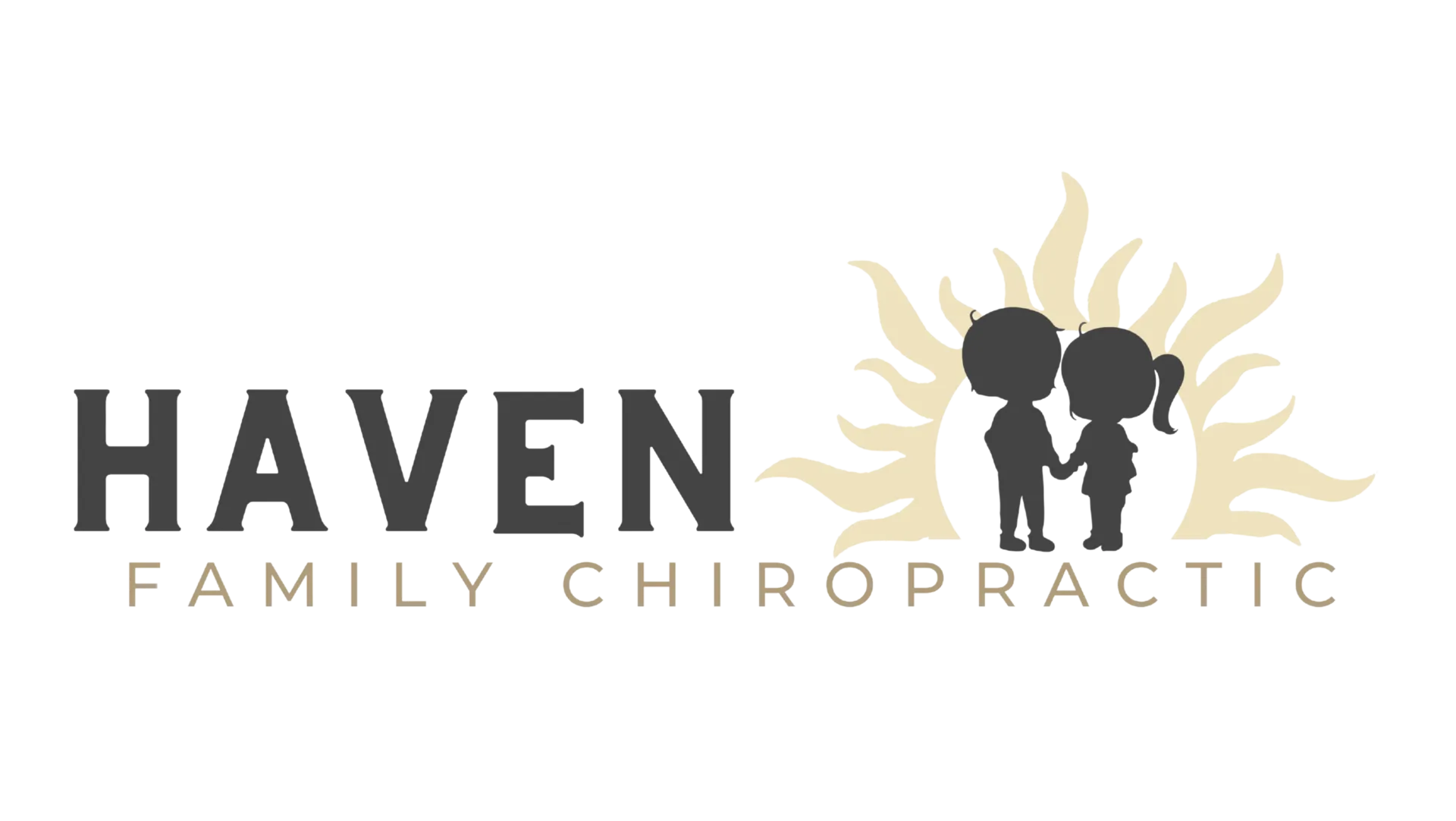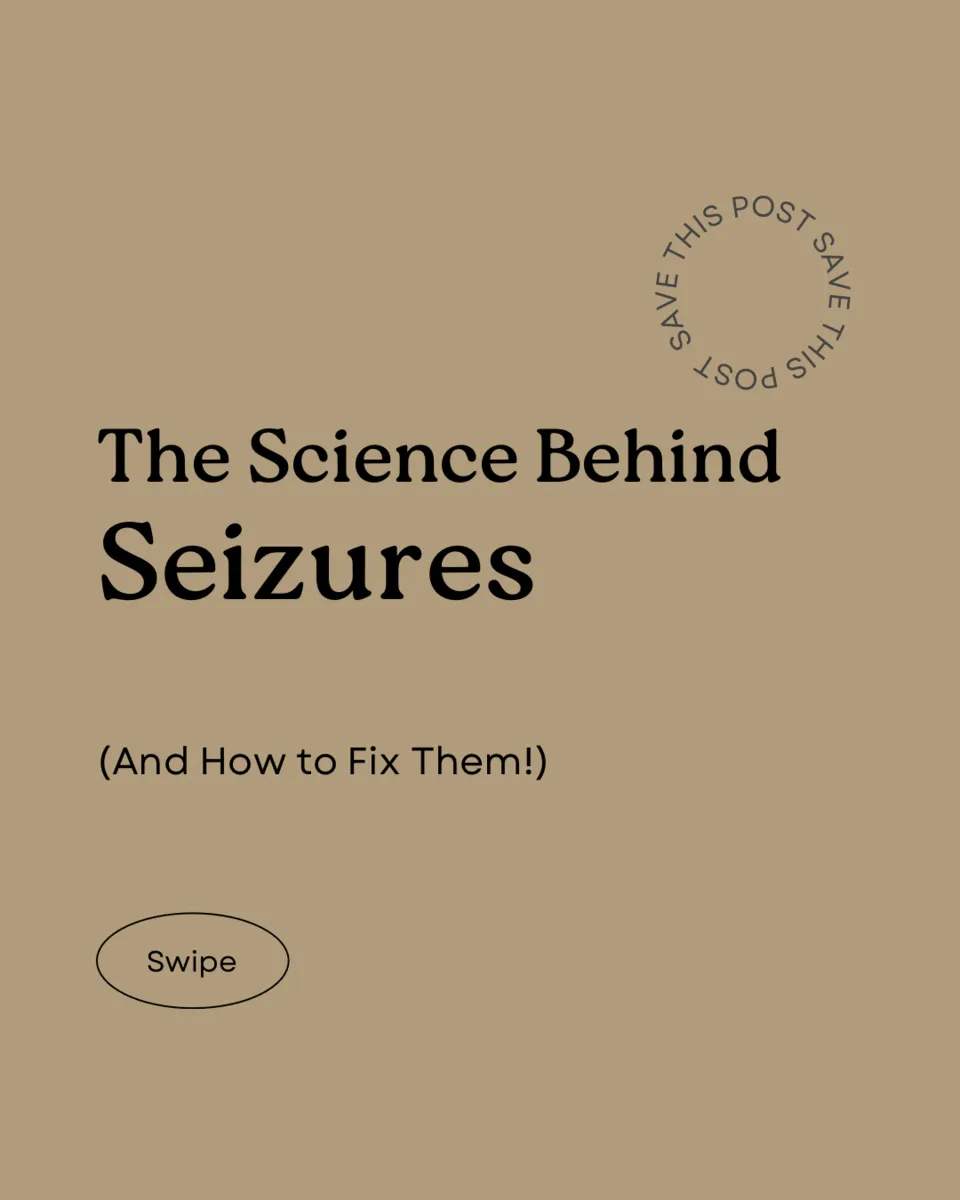So let me just come right out and say it — seizures suck.
On top of that, so do most of the standard medical treatment options for seizures — heavy doses of hard-hitting seizure medications that come with a litany of serious side effects or, for the toughest of cases, brain surgery.
For the most part, still today, that’s about all traditional medicine has to offer those with seizures. Now thankfully, like all things in that world, these seizure treatments can and often are life-saving. But these seizure treatments can also be life-altering.
When you look at the long list of nasty side effects from these anti-seizure drugs, you wouldn’t wish that upon your worst enemy. So you certainly don’t want that for your child. But most parents feel like they have no other choice because seizures are so very awful and scary and are, of course, a very serious neurological condition.
And if you keep them on those seizure medications and they never developed a fully functional, healthy brain and nervous system… how could we really be sure what caused that? The injury or the medications?
This article will also lay out that potential path to fewer or no seizures for you and so many parents — it’s precisely what they’ve been searching for all along!
SIGNS AND SYMPTOMS OF SEIZURES
A seizure is a sudden, uncontrolled neurological disturbance in the brain. The brain and nervous system function as our body’s electrical or wiring system, and thus a seizure often is described as a “blown fuse” or “short” in a wire.
Because the brain and nervous system control every tissue, cell, and organ in our body, seizures are known to cause changes in behavior, consciousness, movement, and more. Symptoms of a seizure can include things that are hard to notice, such as temporary confusion and staring spells, or impossible-to-miss type symptoms, such as uncontrollable jerking movements, spasms, and contracture of muscles, and significant cognitive and emotional symptoms, such as fear, anxiety, anger, and more.
Seizures are also a sign of potential epilepsy. Having two or more seizures at least 24 hours apart that aren’t brought on by an identifiable cause is generally considered epilepsy.
This is where so many parents have their struggles with seizures compounded. It can be pretty clear their child is having seizures. Still, the medical system may be unable to pinpoint an identifiable cause of the seizures or even find the presence of seizure activity on the most common medical exam for seizures, an EEG.
Where parents get frustrated is that not only do they not have a true handle on the root cause of the seizures, but those cases are still most commonly put on heavy-hitting seizure medications even if the EEG or other medical exams don’t find the actual presence of seizures.
TYPES OF SEIZURES
Just like seizures come from the complex and intricate nervous system, sorting out the various types of seizures can also be confusing. This list will help:
- Focal Seizures — most commonly called partial seizures since they begin in one area of the brain and nervous system.
- Generalized Seizures — surges of abnormal neurological discharges and activity throughout the cortex of the brain (usually multiple areas)
- Myoclonic Seizures — sudden body, limb, and neuromuscular contractors and jerking movements that can involve the arms, head, neck, and so forth. The spasms occur on both sides of the body in clusters, especially in the morning and when going into or coming out of sleep.
- Tonic-Clonic Seizures — also called “Grand Mal” seizures, can come from brain injuries and evolve from any focal or generalized seizure types over time.
POTENTIAL CAUSES OF SEIZURES
Looking at things a little deeper with this information on the various seizure types brings us to something that has been a long-standing frustration with the traditional medical approach and examination of seizures — they look for them only in the brain.
Now, this may sound overly simple (because it is), but the brain is not the only part of the body that makes up the central nervous system and is not the only part of the body seizures can manifest. The brain is directly and intimately connected to the brainstem, spinal cord, and sensory nerves that travel from the neurospinal system back and forth to the muscles, tissues, organs, and glands.
In fact, in terms of multi-modal function and muscle and organ control, the brainstem area could easily be considered more complex and intricate — making it a very likely suspect in the case of various seizure types.
While many of our seizure patients have had documented traumatic brain injuries, many more have not. But in the latter group, nearly every single case of seizures we’ve seen clinically in the past 10+ years has had a case history that includes significant stress during the prenatal period, as well as a birth intervention that likely led to trauma and injury to the brainstem, vagus nerve, and autonomic nervous system.
Because the standard medical neurologist is not trained to look deep enough into a child’s case history and has no training in assessing the neurospinal and central nervous system more functionally, these potential links to subluxation, dysautonomia, and seizures are still grossly overlooked today.
HOW TO CARE FOR SEIZURES NATURALLY
Before we go deep into the potential care options for seizures, we must first sadly share that not much high-level clinical research has been done yet on caring for seizures without the use of seizure medications and surgery. The traditional medical system is an enormously huge ship, and it takes decades to change procedures and standard practices in that world.
So if you take this conversation about seizures to your traditional medical neurologist and want to talk about things like birth trauma, subluxation, and the vagus nerve as they relate to seizures… don’t expect to get too far just yet.
But that’s ok! Because there is a whole other set of professionals that are trained and even more advanced in their understanding of functional neurology, and they’re just waiting for their shot to help your child vastly improve their quality of life without all the side effects of seizure medication and surgery! You can start with this study in the National Library of Medicine that shows an undeniable link between improving seizure-like activity after chiropractic care in children.
Here’s how it works:
Step one is scheduling a consultation with a trained Pediatric Experience Doctor. Our network of neurologically-focused pediatric chiropractors knows how to dive deep into a child’s case history, unlike any other professional out there, listening and looking for the exact triggers and root cause factors of your child’s seizures.
Step two is finding out if your child has subluxation and dysautonomia or not. To do so, our network of PX Docs utilizes an incredible set of technology called the INSiGHT. These INSiGHT scans are entirely safe and non-invasive and take just 15-20 minutes to run. They consist of three (3) individual scans that will find, measure, and quantify how much stress, tension, and subluxation is stuck in your child’s autonomic nervous system.
Step three is figuring out a customized Care Plan that fits your child’s exact needs. This plan’s exact ‘algorithm’ is determined by the in-depth case history and scan findings just discussed in steps one and two of the PX Clinical Process.
Step four is sitting down with your PX Doc at the Report of Findings or Discovery visit, going over the INSiGHT and exam findings, your child’s customized care plan, and having every single one of your questions and concerns about your child, their health, and seizures answered.
And finally, step five is getting your child adjusted and under the care of a trained PX Doc so that the subluxation, dysautonomia, and seizures can be addressed safely, gently, and drug-freely!
If you need more information on any of the conditions or terms listed in this article or on the INSiGHT Scans and 5-Step Clinical Process, click on the various links listed throughout this article to learn more. Or, connect with a PX Docs Care Advocate by sending us a message here!
And if you know you’re ready to get your child the drug-free help with their seizures that only Pediatric Chiropractic and PX Docs can provide, then head right over to our online directory and find your local PX Doc right away!

